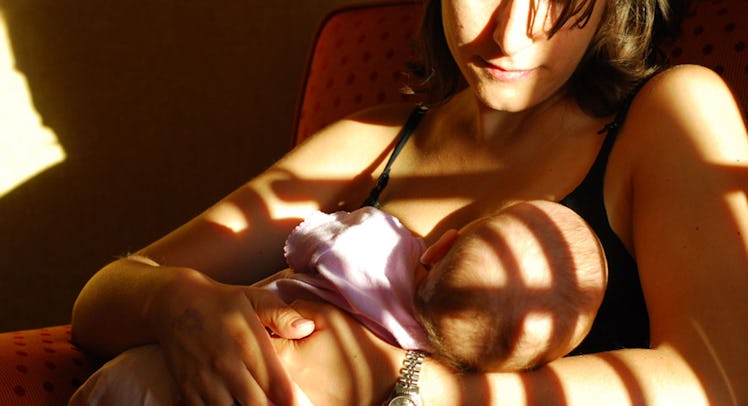Study Reveals There May Be A Gender Bias In Breastmilk Production For Twins
Weird science.

The 1973 Trivers-Willard hypothesis proposed the unpopular parenting theory that all children are not created equal. Well, it says they’re not as far as resource-distribution is concerned. The whole thing basically states that when resources are plentiful, more go to boys and that when they’re scarce, more go towards girls. But a forthcoming study in the April 2017 Journal Of Experimental Child Psychology suggests that there’s some truth to it. And it might start with your spouse’s breastmilk.
Wikimedia Commons
Past studies show that under economically secure conditions, mothers produced higher quality milk for their sons. When times aren’t so great, the same was true for daughters. This time around researchers wanted to compare how this affected breastmilk for same-sex twins versus twins of the opposite sex. When they looked at data obtained from the National Longitudinal Study Of Adolescent Health and controlled for variables such as sex, age, and birth weight, they found that same-sex twins benefited significantly. On average, they were 1 inch taller and 12 pounds heavier than other twins through adolescence and early adulthood. In contrast, the study found that same-sex twins who were not breastfed were shorter and lighter than other twins who weren’t breastfed. That could mean that the breastmilk made all the difference.
This gives more weight to the Trivers-Willard hypothesis (along with those same-sex breastfed twins) by confirming that it can only benefit certain babies under specific conditions. It also makes boobs seem kind of sexist when they’re probably just confused about having 2 different genders to feed. Like those guys haven’t been through enough already.
[H/T] The New York Times
This article was originally published on